Reactor Stirrer Types | JCT Machinery
 Jan 17,2024
Jan 17,2024

 JCT
JCT
1. Frame stirrer
Frame stirrer is one of the most common stirrer types in reactors. It consists of one or more straight frames connected in series on axes perpendicular to the bottom. Frame stirrer is suitable for mixing low-viscosity liquids and gases. It has a simple structure and is easy to maintain, but it cannot stir materials that are too viscous.
2. Paddle stirrer
Paddle stirrer is suitable for mixing materials with higher viscosity, such as pastes and typical fluidized particle beds. It usually consists of one or more flat paddles mounted on the mixer shaft, which can provide a more uniform mixing effect than frame stirrer.
3. Propeller stirrer
Propeller stirrer is suitable for mixing high viscosity liquids such as coatings and paints. It consists of one or more blades with a spiral cross section and a shaft perpendicular to the bottom. The propeller agitator provides high-intensity mixing and is easy to install and disassemble.
4. Anchor stirrer
Anchor stirrer is suitable for mixing high-viscosity materials such as colloids and slurries. It consists of one or more anchor-shaped blades and a shaft perpendicular to the base. Anchor agitators provide very uniform mixing results, but due to the gap between the blades and the container wall, there may be dead spots for materials with higher handling requirements.
5. Turbine stirrer
Turbine agitator is suitable for stirring high-speed gas flows and liquid mixtures. Depending on the use environment, they can be of a top-plug structure. The top-mounted structure is installed on the top and generates linear motion, which can procide very strong shear and disturbance effects. The drop-down structure can provide lower shear and reduce gas consumption.


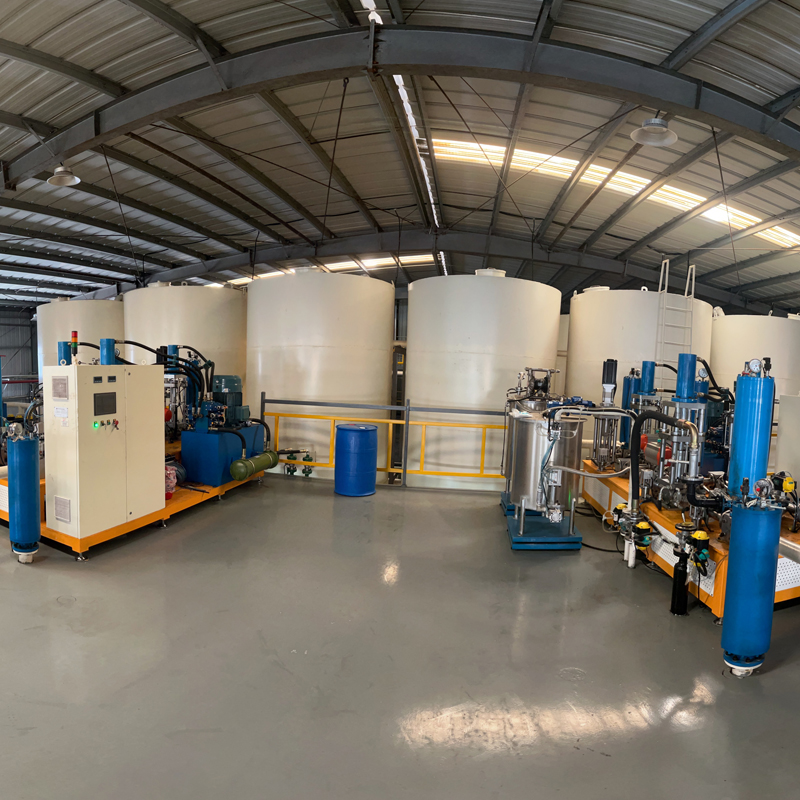
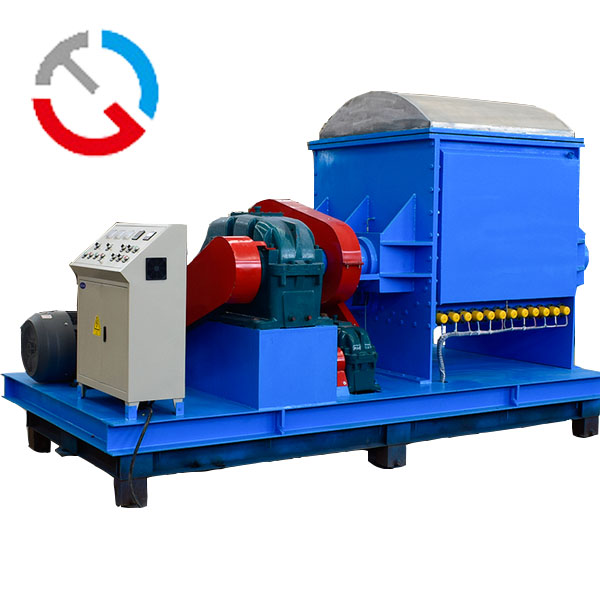
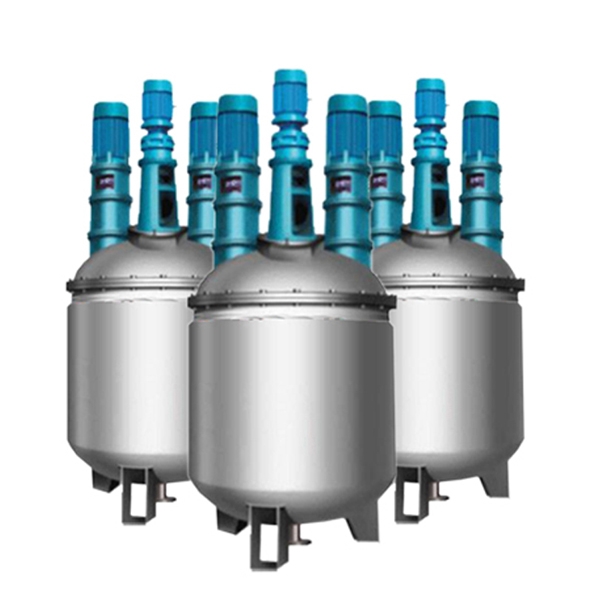
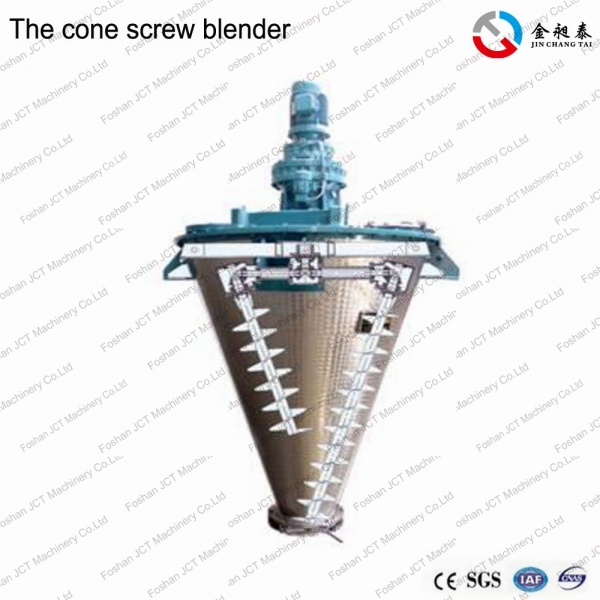


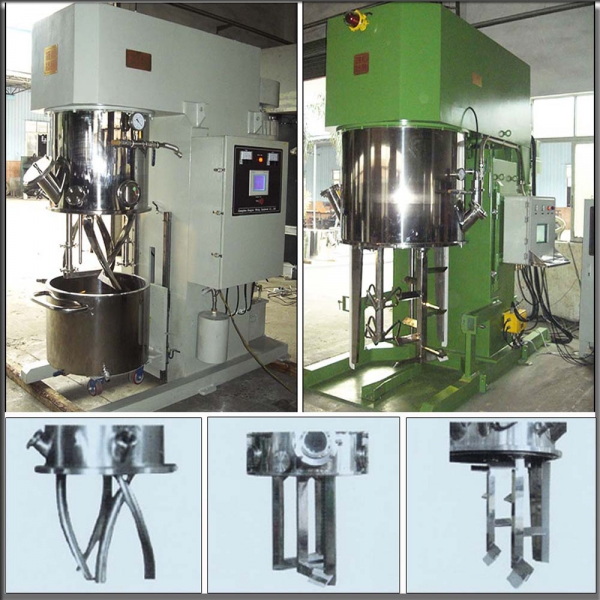
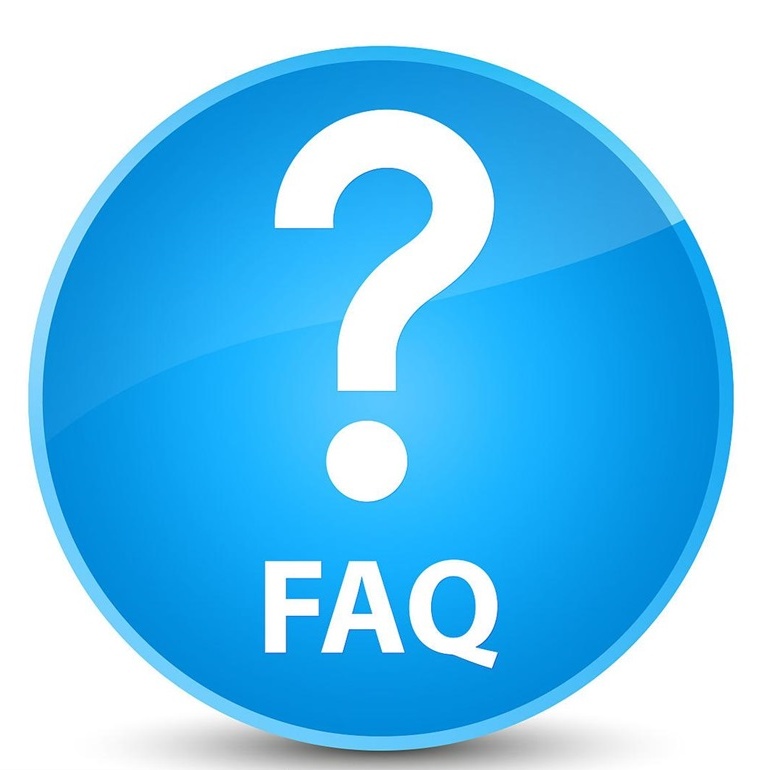




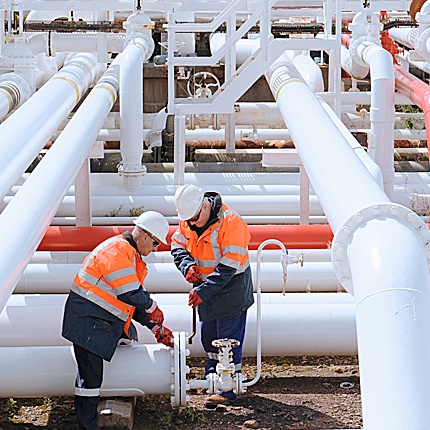

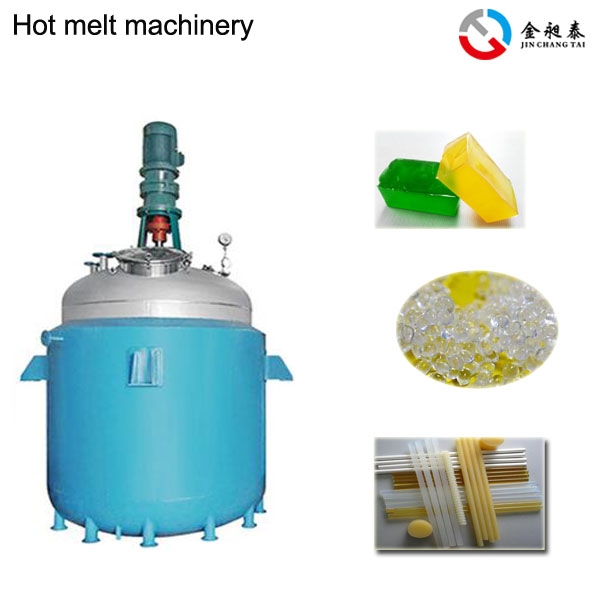
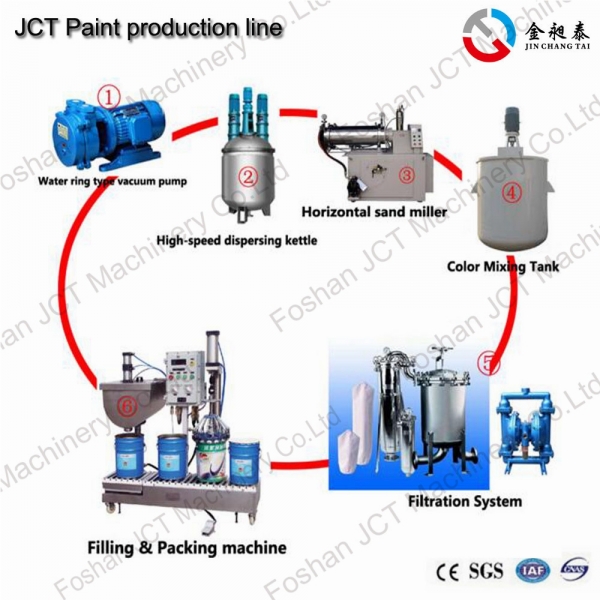
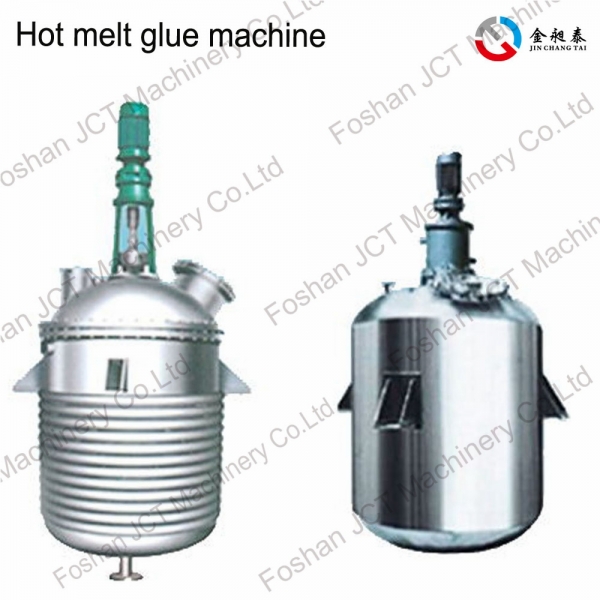
 CN
CN
 HOME
HOME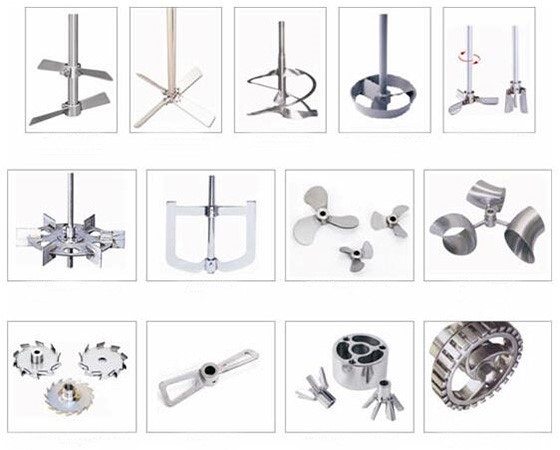
 What Is PVA Glue Characteristic? | JCT Machinery
What Is PVA Glue Characteristic? | JCT Machinery  You May Also Like
You May Also Like
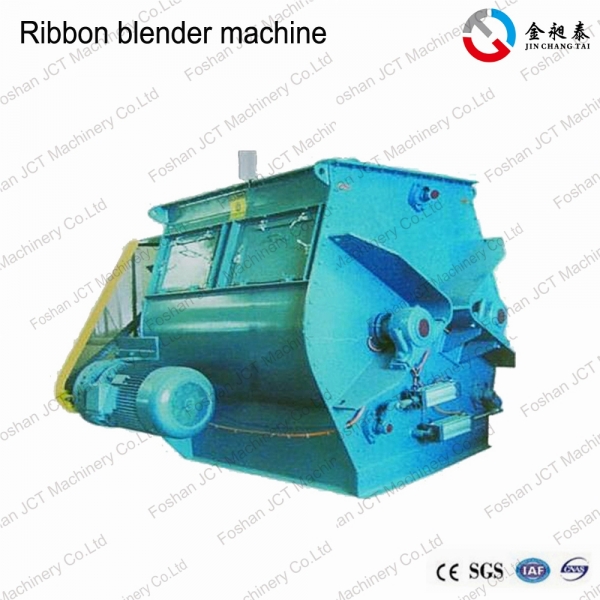

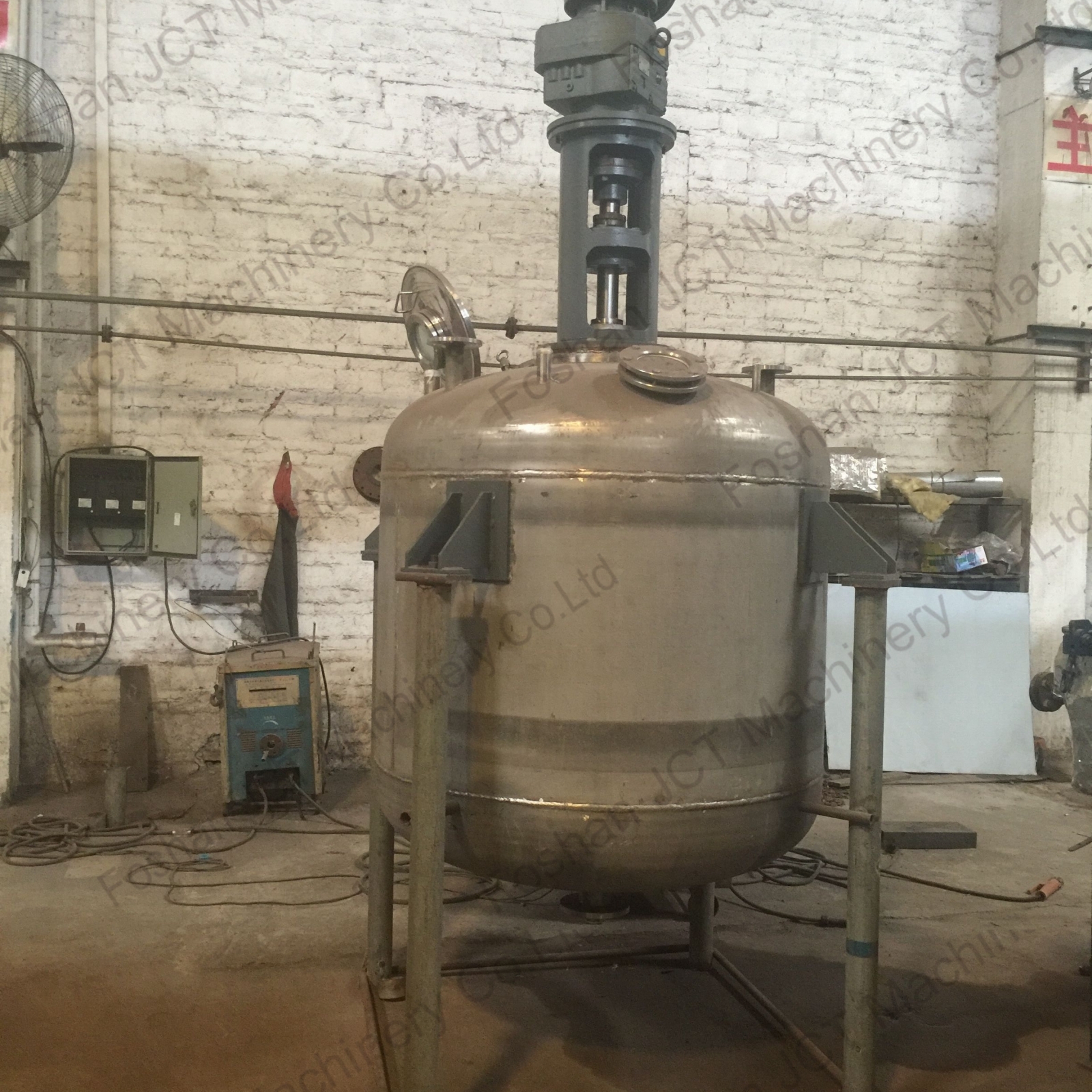
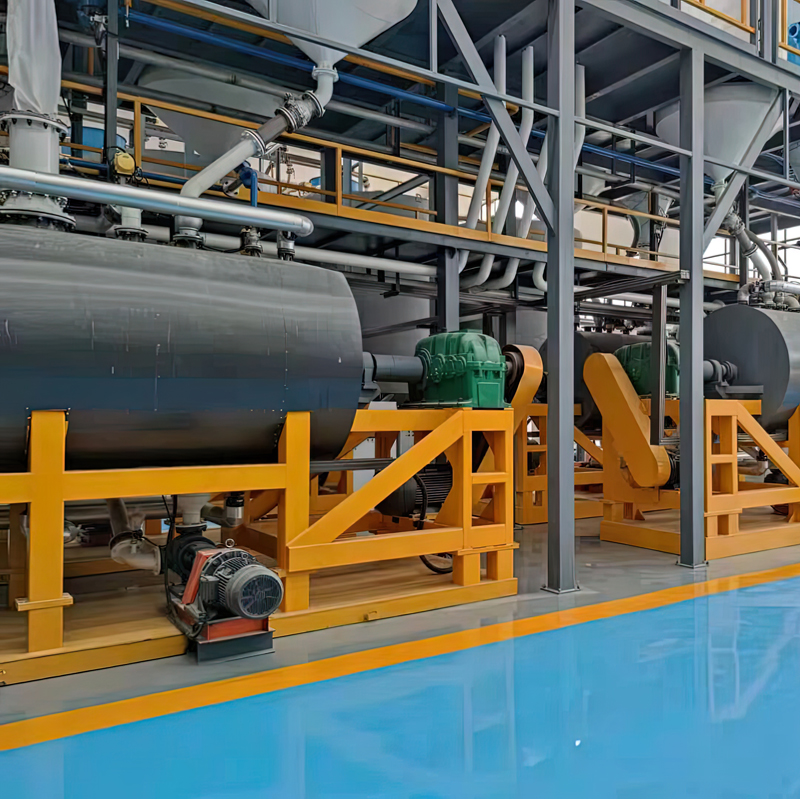
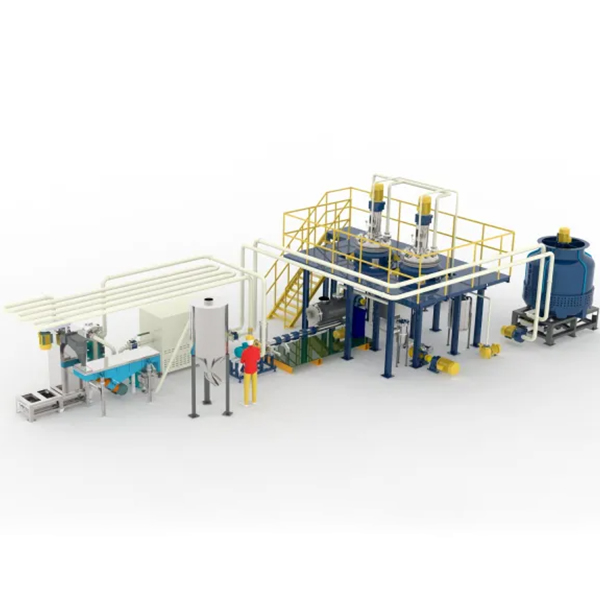

 Tel
Tel
 Email
Email
 Address
Address










